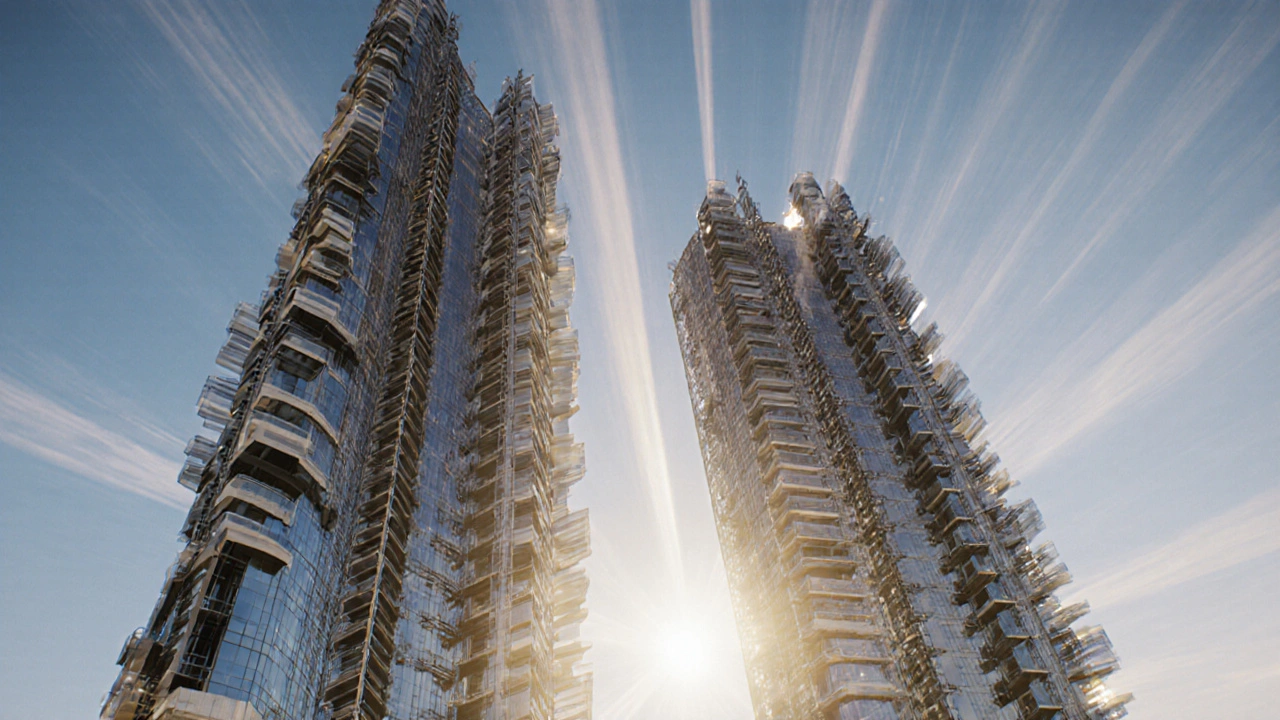High-tech architecture blends cutting-edge technology with bold design to create buildings that respond to their environment. From smart facades to self-healing materials, it’s shaping the future of sustainable, efficient, and human-centered design.
Parametric Design: Shaping Architecture with Algorithms
Ever wonder how some buildings look like they were born from math? That's parametric design – a way to let numbers and rules drive the shape of a structure. Instead of drawing every line by hand, you set up relationships, and the computer does the heavy lifting.
Why Parametric Design Matters
First off, it saves time. When you change one dimension, the whole model updates automatically. That means you can test dozens of options in minutes, not weeks. It also lets you create forms that would be impossible to draft by hand – think flowing facades that respond to sunlight or wind.
Another big win is sustainability. By linking performance data (like energy use) to geometry, you can tweak the design to cut down on heating or cooling needs. The result is a building that looks cool and works efficiently.
Getting Started with Parametric Tools
If you’re ready to try it, start with a familiar CAD program and add a visual scripting plug‑in. Grasshopper for Rhino and Dynamo for Revit are the most popular choices. They let you drag and drop nodes that represent parameters, calculations, and geometry.
Here’s a simple workflow: 1) Define the parameters you want to control – height, width, angle. 2) Write a quick formula that links those parameters to the shape. 3) Watch the model change as you adjust the sliders. 4) Export the final geometry for construction documents.
Don’t worry if you’re not a coder. The visual interface feels like building with LEGO bricks, and there are tons of tutorials online. Start with a small project, like a custom balcony rail, and grow from there.
One tip that saves headaches: keep your parametric definitions tidy. Name each node clearly and group related steps together. When the model gets complex, a clean layout makes debugging a breeze.
Parametric design isn’t just a buzzword; it’s a practical tool that lets architects experiment, optimize, and communicate ideas faster. Give it a try on your next project and see how a few parameters can unlock endless design possibilities.
What Neo‑Futurism really means for today’s tech: clear principles, practical steps, examples, checklists, and FAQs to help teams design products that feel truly future-ready.


